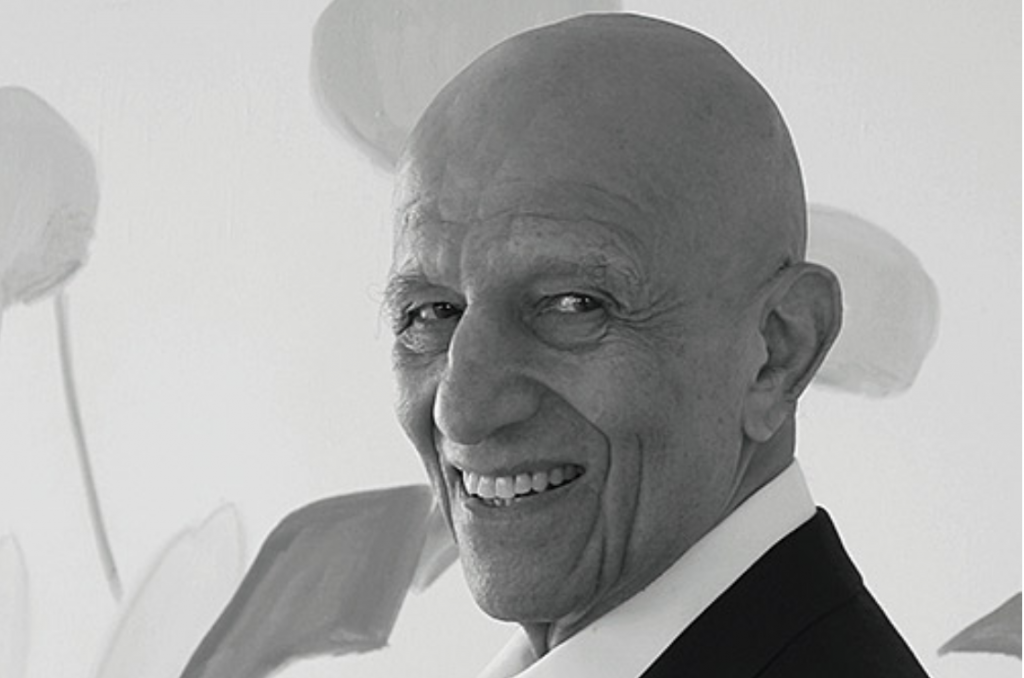
Leo Frobenius conceptualized cultural diffusion in 1897 in his publication Der westafrikanische Kulturkreis. He defined it as the transfer and exchange of cultural goods from one culture or another. Since then, this term has been used widely to refer to cultural items being transferred from one country or another. Today, cultural diffusion is a major issue in global affairs. Find out how to foster cultural diffusion in your area and around the globe. These are just a few of the many ways you can promote cultural diffusion.
Inter-cultural diffusion
Cultural diffusion extends beyond specific geographic boundaries. We all have access to many cultures through travel and contact. Two cultures can often be "intwined", which expands one's horizons and makes him more global. A Manhattan woman might buy mala prayer beads from Buddhist monks halfway around the globe. Although these beads are from a different culture, her meditation practice will be enhanced by the introduction to a new tradition. However, she would not be able attend a Brooklyn sushi dinner. This Manhattan tradition has been around since ancient times.

Contagious diffusion
Contagious is one of six types of cultural diffusion. This refers to the rapid spread of a trend from one place to another. This type occurs most often when an idea spreads via direct contact between individuals. This is the fastest method of spreading a fad. The Latin word for "contagious", which means "touch", is what gave rise to the phrase.
Stimulus diffusion
Cultural diffusion refers to the introduction of a new idea or trend to a different cultural context. It changes the practice of a cultural trait when it is introduced to another location. It is not cultural translation. Stimulus diffusion, however, allows for the spread of a new idea and trait within a culture. Instead, an idea can spread in many different cultural contexts, including multiple locations. These are just a few examples.
Relocation diffusion
In order to spread new ideas and innovations, expansion and relocation diffusion can be used together. People often move with their culture and traditions when they move. Migration has been the main cause of cultural diffusion throughout history, resulting in the growth of cultures from many different places. It is also possible to force migration, as in the instance of mass immigration. Mass immigration has led to the development of new cultures from various ethnic groups, such as African and Caribbean peoples.
Barrier effects
Cultural items cannot be spread indefinitely. They will spread from their origins but may face barriers. Barriers may be both physical or social. Deserts, mountains, dense forests, and other physical barriers are all examples of these types of barriers. The Amazon rain forest, for example, served as a physical barrier for centuries, isolating the native people. Language and religion are social barriers. Cultural diffusion isn't a perfect science. However, it can be understood some of the barriers to cultural diffusion and how they affect cultural spread.

Indirect diffusion
It is possible to have both direct and indirect cultural dissemination simultaneously. Direct diffusion takes place when two cultures intermingle or fall in love. You are more likely to learn about a friend's culture when you visit their country. You can be forced to take certain characteristics from their culture in indirect diffusion. This was what happened in Barcelona during the 20th century. It is common for people to adopt parts of another culture without realizing. But there is a profound difference.
FAQ
Why is pop music so popular
Pop music is fun because it is entertaining! Pop music is uplifting and can give you a great feeling of freedom. People listen to pop music and can think about nothing but themselves. They don't have to worry about what other people think. And this is why pop music is so popular. People love to listen to songs that are positive and upbeat. Listening to upbeat music can help you get out of a slump. You may even find yourself singing along. Pop music has been a huge success over the years.
How can I make pop culture part of my marketing strategy
To understand how to use pop culture in your marketing strategy, you need to look at the trends within it.
For example, let's say you wanted to promote a new movie. What kind of promotion could you run?
You could make a trailer using clips taken from the movie. A clip could be found that features your product or service and included in the video.
Perhaps you could make a parody of the trailer with other films.
A promotional campaign could be created based on the plotline of the movie if you were promoting a product/service that is related to the movie's theme. One example: If you are promoting a product or service that helps astronauts keep healthy while they travel through space, it might make sense to promote the product.
If you had a business connected to the movie's theme, you could run promotions based on the plotline. A company that sells food could give away free samples to customers who book tickets to see the movie.
How did pop music come into being?
It was an accident. It was an accident. The first song was accidentally written when someone knocked over the piano while playing on New Year's Eve 1920.
The recording company loved the music and decided to make it a single.
This was the first single to be recorded.
Pop music has become today's most popular form for musical entertainment.
What are some positive aspects of pop culture?
Pop culture isn't all bad. Pop culture gives people something to talk. Pop culture also helps people express creativity. Pop culture can be used as a platform for artists to promote and market their work.
Pop culture brings people together. Everyone wants to watch the exact same shows. Everyone has a favorite song. People like the same movies. Pop culture allows us to connect.
Problem is, not all pop culture has the same health benefits. There are films that glorify violence. Some television shows make fun people with mental disabilities. Some bands even encourage their fans to use drugs.
So what should we do with the negative aspects of pop culture?
We should try not to allow pop culture to influence us. It should not influence us. It can be a problem for our health. It can lead you to crime. It can even affect our relationships.
Pop culture can also be a source of help or harm to society. Are its values being promoted? Are people being encouraged to do wrong things?
Finally, let us ask ourselves whether or not we are happy in the world that we live. What music do you like? What do we like about the TV shows we watch The clothes we wear?
If we care about our future, then we have to be accountable for our actions. We must decide the world we want. We can then choose the right pop culture.
What examples of pop culture are there in 2021?
Two hijacked planes crashed into the Twin Towers of New York City's World Trade Center on September 11, 2001. 9/11 would be the name of this day.
The events of this day have impacted popular culture and continue to do so today. We can see the many ways that this event has influenced us.
This includes television shows such as 24 and movies such as United 93, which tells the story of what happened during the flight from Boston to Los Angeles on 9/11. Dexter Filkins' book The Forever War is also included.
Everybody can recall exactly where they were when the attack occurred. Some people jumped out of their beds and went outside. Others read newspapers or watched TV.
Pop culture is always changing. It is an expression of society and a source of inspiration. What will the future look like for popular culture? We are not able to predict the future. It will be completely different than the one before.
Who first coined the term Pop Music
Invented by Frank Zappa. His style of music was described by Frank Zappa using the term pop music.
He said that his goal was to make music that is accessible to everyone. This is why he called the music "pop music".
Zappa also created the phrase "You know it's POP when..." which means that something is really popular if many people enjoy it. Michael Jackson's Thriller album, for example, is one of his most popular albums.
Zappa's definitions for pop music are quite different from the current. Pop music encompasses all types of music. But back then, only certain kinds of music were considered pop.
How can pop culture be avoided?
We need to recognize when pop culture influences us. Then we need to make sure that we're not influenced by it. Here are some ways you can avoid being influenced by bad influences
-
Avoid violent shows such as Game of Thrones.
-
Don't spend time surfing the Internet. Instead, read books.
-
Watch less television. Spend your free time on healthy activities.
-
Take care of what you post online. After comments have been posted, they can't be deleted.
-
Make sure that any websites you visit are safe. Before you provide personal information, be sure to check them.
-
Do not allow anyone to force you into doing anything dangerous.
Talk to an adult about if you think you might be addicted to pop culture. You can call your local library or the National Center For Missing & Exploited Children (1-800-THE-LOST).
Statistics
- Latinos represent roughly 19% of the U.S. population. (npr.org)
- According to Dictionary.com, popular culture, or low culture as it is sometimes referred to is comprised of the “cultural activities or commercial products reflecting, suited to, or aimed at the tastes of the general masses of people” (7/21/19). (socialsci.libretexts.org)
- Yet a Nielsen study shows they account for 42% of the country's most-watched content on streaming services. courtesy Nielsen (npr.org)
- In 1987, US films captured 56% of the European film market. (socialsci.libretexts.org)
- According to CNBC.com, “more than 70% of the film's revenue came from countries outside the US” (https://www.cnbc.com/2019/01/08/aqua...nal-sales.html, ret. 8/18/19). (socialsci.libretexts.org)
External Links
How To
What is popular culture?
Popular culture is all around us. It is everywhere.
Popular culture influences our lives. Our lives are influenced greatly by what we read in magazines, listen to on radio, and hear at concerts. We watch TV shows, shop, socialize with friends, visit parties, find people online and surf the Internet.
Popularity doesn't necessarily mean it's good business.
That's where media technologies come into play. They give us tools to help us access popular culture in a manner that connects us with consumers.
Media technologies can be used to:
-
Write content about products or services
-
Engage fans with your favorite actors, authors, and musicians
-
Promote brands and businesses
-
Advertising
-
Track consumer trends
If you want to increase brand awareness, attract customers, grow sales and customer loyalty, then you should be familiar with popular culture. Accessing media technologies is a great way to do that.